Say goodbye to back pain with these simple yoga poses
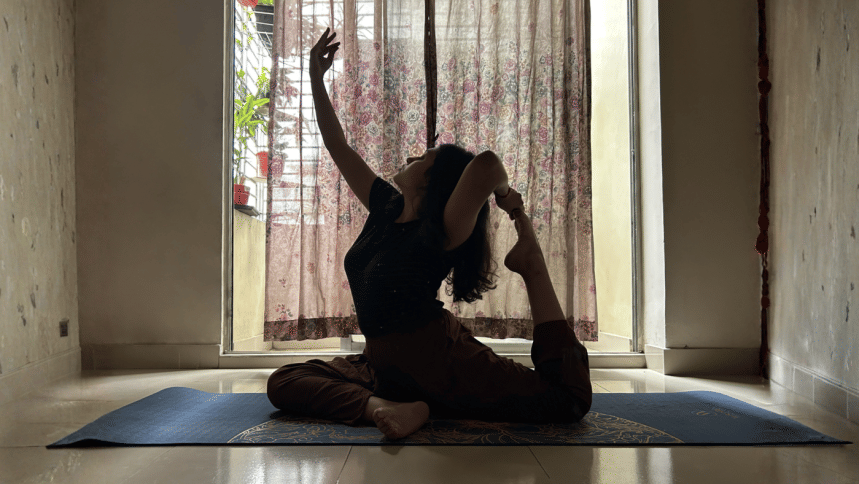
In the cramped backseat of a CNG, on a squeaky classroom bench, or hunched over a laptop — our spines are with us through it all. In a country like Bangladesh, where daily life demands so much physical resilience — from lifting groceries up five flights of stairs to sitting for hours in Dhaka's standstill traffic — we tend to normalise backaches as part of the grind.
But on this World Spine Day, perhaps it's time we pause and ask: how long can we afford to ignore the very structure that keeps us standing?
The cost of neglect
In recent years, spine-related issues like chronic back pain, lumbar spondylosis, sciatica, and slipped discs have surged, especially among the younger population. Why? It's not just bad furniture or heavy lifting. It's also digital hunching — what doctors call "text neck."
Thanks to our smartphones and laptops, our heads are constantly tilted down. That's 5-6kg of pressure on the neck and upper spine for hours at a time. Add to that sedentary lifestyles, poor nutrition, no stretching, and zero awareness, and we're breeding a generation of bent backs and painkillers.
Yoga: The ancient science for a modern spine
Yoga has always viewed the spine not just as a physical structure, but as the central highway of energy and vitality. In Sanskrit, the spine is seen as the "Merudanda" — the axis of life. Keeping it mobile, strong, and supple is essential not just for health, but for focus, mood, and even emotional resilience.
So, here are some spine-loving yoga poses that can help young or old, urban or rural – bend so they don't break.
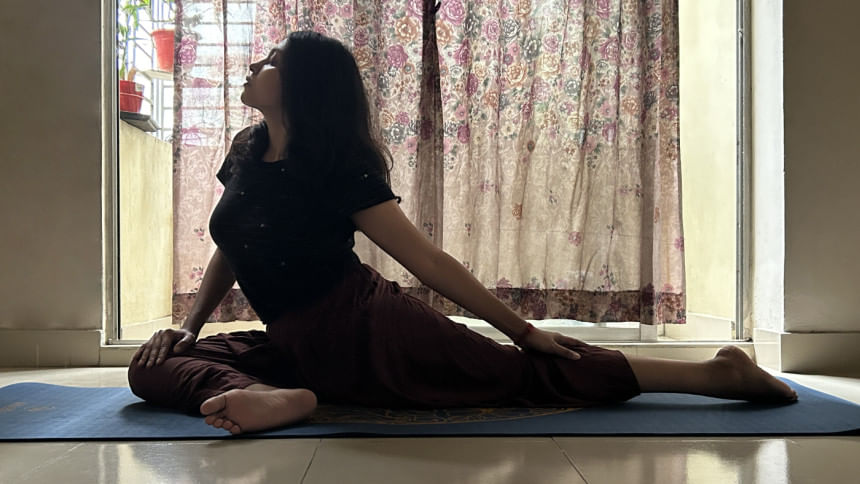
Kapotasana (Pigeon Pose)
Whether you're sitting at an office desk in Motijheel or cross-legged on the floor in Gulshan, your hips and lower spine bear the burden. Kapotasana, or Pigeon Pose, is perfect for releasing that tension.
This pose deeply stretches the hip flexors and opens up the lower back. It's especially helpful for people with sciatica or lumbar tightness — a common complaint in sedentary workers. Do it slowly, with support under the hips if needed, and stay for a few deep breaths.
Tip: Use a rolled-up towel or cushion under your hip if your pelvis doesn't touch the ground.
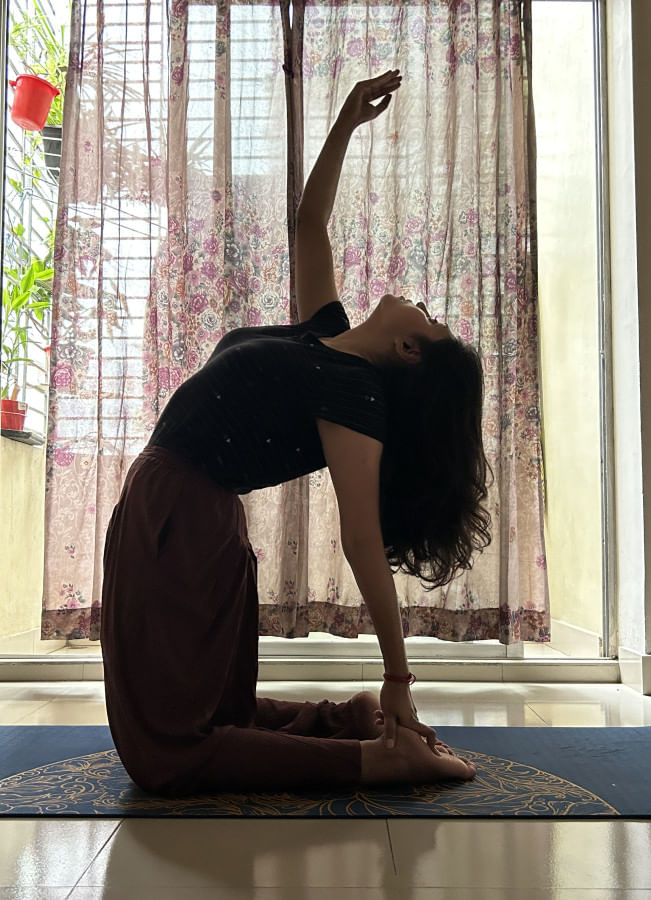
Ustrasana (Camel Pose)
We've all been there — shoulders rounded, neck pushing forward, spine curved like a question mark. Ustrasana, or Camel Pose, counteracts this by opening the chest and strengthening the back muscles.
This backbend encourages spinal extension, which improves posture and increases blood flow to the spinal discs. It also expands the lungs, helping with breath — a bonus for anyone recovering from long desk hours or chronic fatigue.
Warning: Avoid this pose if you have serious lower back injuries or uncontrolled high blood pressure.
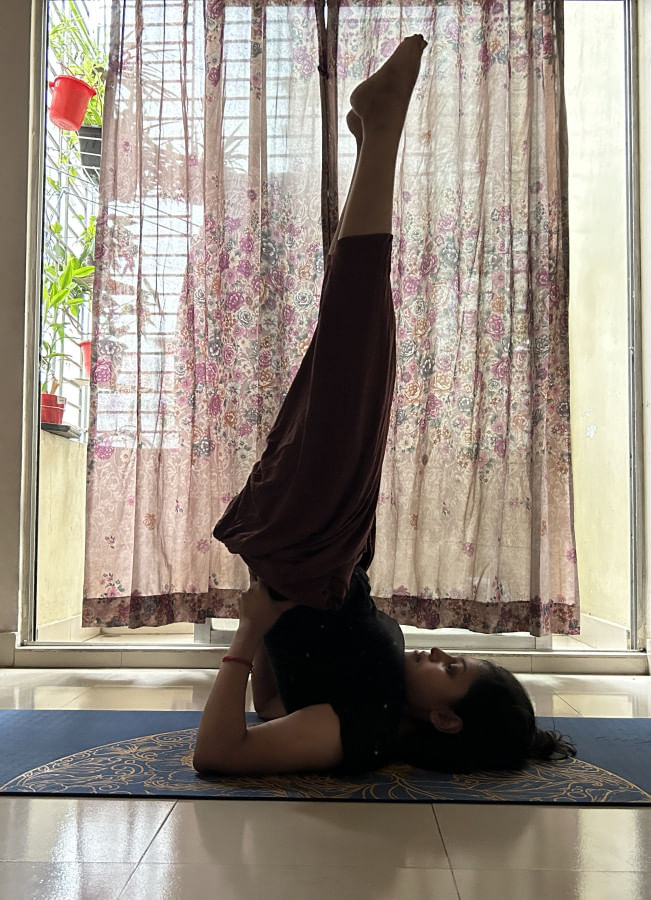
Sarvangasana (Shoulder Stand)
Known as the "queen of asanas," this inversion redirects blood flow, decompresses the spine, and promotes alignment. It strengthens the upper back and shoulders while giving the spine a gentle traction effect.
Important: Practice only with supervision if you're new, and avoid during menstruation or with neck issues.
Thankfully, taking care of your spine doesn't require fancy gym memberships or imported chairs. It requires habitual intelligence — for example, traditional seating positions (like squatting or sitting cross-legged on the floor) can actually promote good spinal alignment – if done mindfully. So, sit on the floor, but keep your back upright.
So, let's straighten up – not out of vanity, but out of value. And let's teach our children that standing tall isn't just a metaphor for pride. It's a biological necessity.

 For all latest news, follow The Daily Star's Google News channel.
For all latest news, follow The Daily Star's Google News channel. 



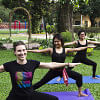




Comments